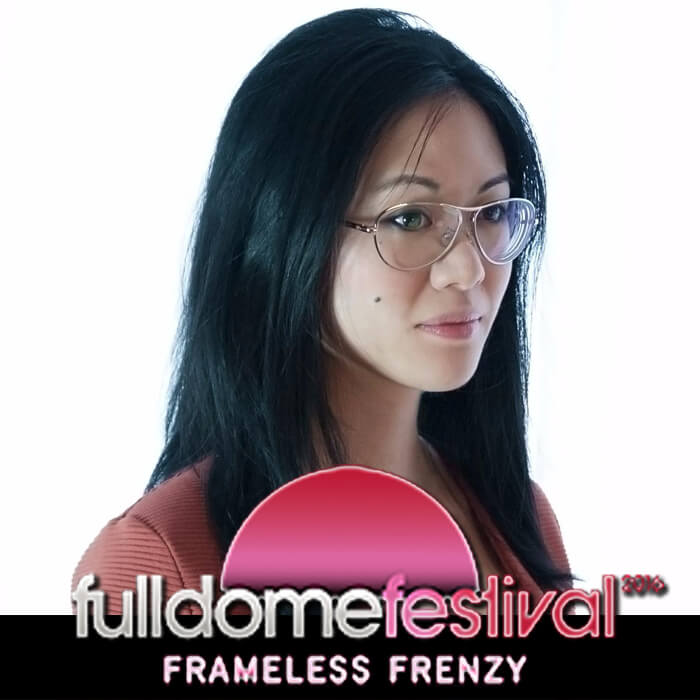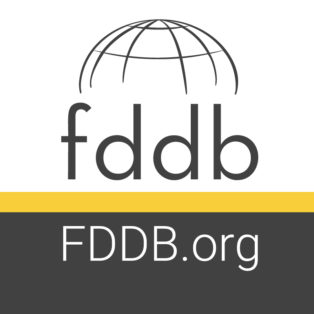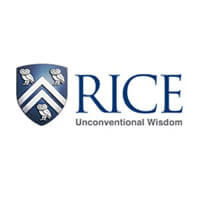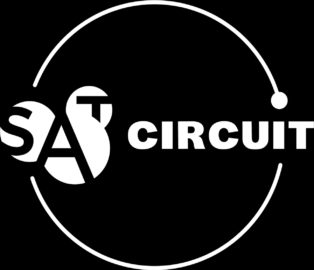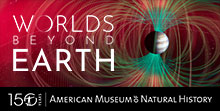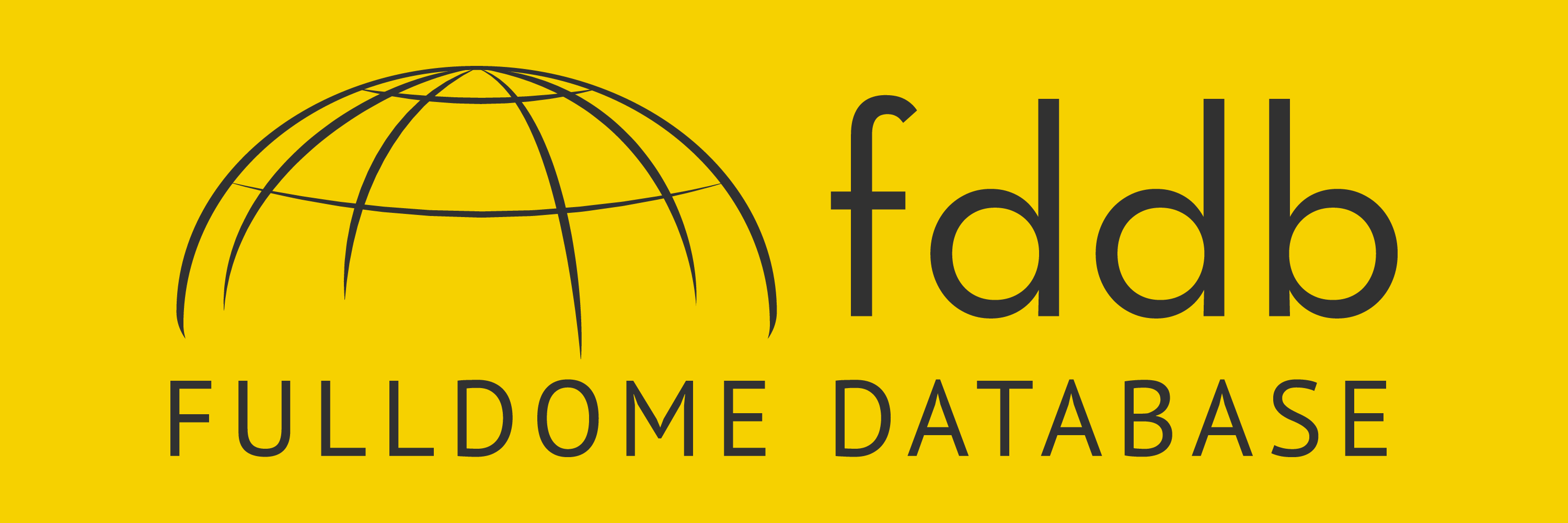Danwei Tran Luciani on How to Sketch in Fulldome – 10th Fulldome Festival Diary
The second day of the Festival started with the presentation of an ongoing PhD research project conducted by Danwei Tran Luciani, a PhD student at Linköping University in Sweden. With an academic background in graphic design, Danwei is trying to bring an easy and quick solution for sketching ideas in the process of creating fulldome presentations.
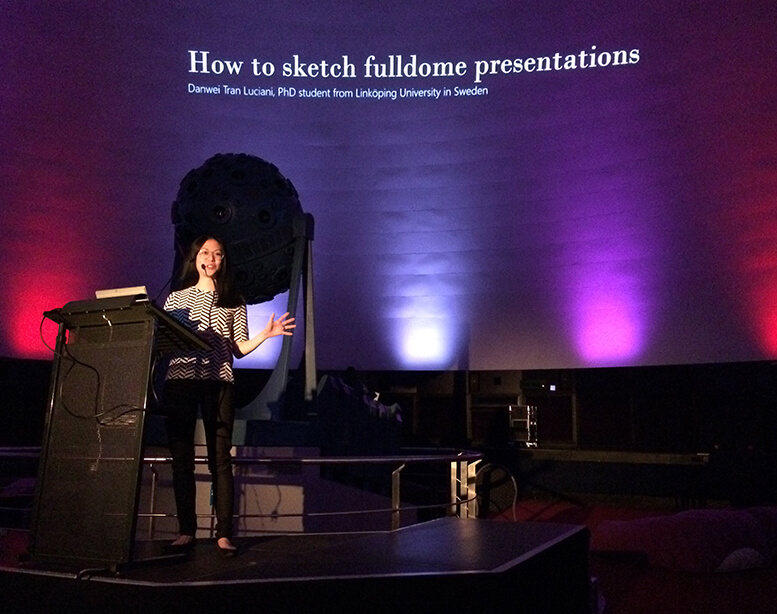 Danwei Tran Luciani worked at Microsoft for six years. There she was involved in developing user-friendly apps,something that led her to become very interested in UX (User eXperience). When Linköping University approached her to work in the dome, Danwei got excited about breaking away from “framed” thinking and started working at the University's Visualization Center C.
Equipped with a stereo-3D, 6 projector fulldome system, the university mostly deals with prerecorded movies; however, the organization is now willing to open its doors to other professionals and artists in the attempt to coming up with new ways to use the dome and experiment with it.
While talking with developers and designers working with fulldome, Danwei found out that sketching for the dome is the most challenging bit in the production workflow: externalizing ideas to the dome is very challenging. In fact, her research project aims to enable designers to sketch for the dome even without a real dome at hand.
Danwei Tran Luciani worked at Microsoft for six years. There she was involved in developing user-friendly apps,something that led her to become very interested in UX (User eXperience). When Linköping University approached her to work in the dome, Danwei got excited about breaking away from “framed” thinking and started working at the University's Visualization Center C.
Equipped with a stereo-3D, 6 projector fulldome system, the university mostly deals with prerecorded movies; however, the organization is now willing to open its doors to other professionals and artists in the attempt to coming up with new ways to use the dome and experiment with it.
While talking with developers and designers working with fulldome, Danwei found out that sketching for the dome is the most challenging bit in the production workflow: externalizing ideas to the dome is very challenging. In fact, her research project aims to enable designers to sketch for the dome even without a real dome at hand.
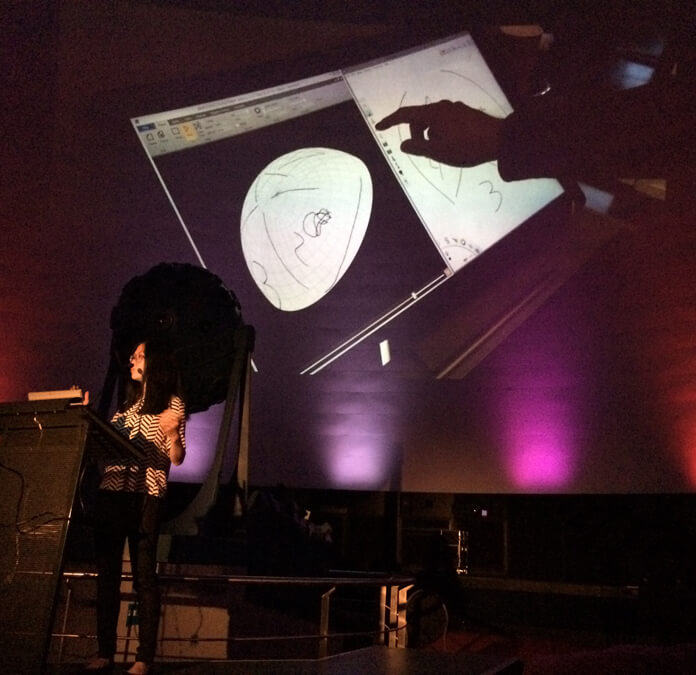 Danwei's approach is design-oriented: the first step is understanding how people sketch, to then envision a solution to pass on to the research engineers that will create a tool to achieve that. Most people reduce sketching to the phase where an artist draws on paper. That’s undeniably true in some aspects, but it’s much more than just drawing: during the process, the artist talks to the sketch and the sketch talks back to the artist – a process that becomes one of the greatest chance to evaluate the result.
Sketching is also about producing as many sketches as possible until you can pick the right one. So it’s different from prototyping. Stressing out the significance of sketching, Danwei Tran Luciani draws an analogy with a family going on a holiday:
Danwei's approach is design-oriented: the first step is understanding how people sketch, to then envision a solution to pass on to the research engineers that will create a tool to achieve that. Most people reduce sketching to the phase where an artist draws on paper. That’s undeniably true in some aspects, but it’s much more than just drawing: during the process, the artist talks to the sketch and the sketch talks back to the artist – a process that becomes one of the greatest chance to evaluate the result.
Sketching is also about producing as many sketches as possible until you can pick the right one. So it’s different from prototyping. Stressing out the significance of sketching, Danwei Tran Luciani draws an analogy with a family going on a holiday:
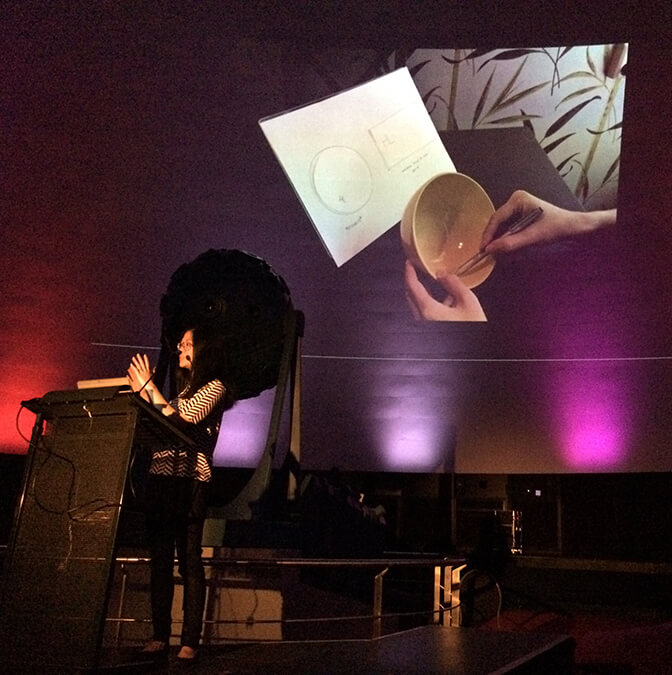 Danwei Tran Luciani is looking out for feedback, so you’re most welcome to join in on the discussion about what is needed to enable sketching fulldome presentations and share your take on the development of such technologies.
Danwei Tran Luciani is looking out for feedback, so you’re most welcome to join in on the discussion about what is needed to enable sketching fulldome presentations and share your take on the development of such technologies.

Danwei Tran Luciani starts her workshop "How to sketch fulldome presentations".

Danwei showing how to draw on a touch monitor and display the visuals on the dome.
If you plan the next family vacation and you have no idea where to go to, you ask everybody to bring up their ideas. Evaluating each possibility, you’ll finally decide on your destination. That’s the team sketching the idea. But if that isn’t easy due to some limitations (no internet connection, no travel agency, etc.), most people may fall back to previous vacations as they know it works. It's going to be a nice vacation, but it won’t be a new inspiring experience. That’s true for dome production, too. If the sketching process is not fast, cheap and accessible due to budget and time limitations, then producers are likely to fall back on the things they did before, missing the opportunity to improve the efficiency of their workflow.All things considered, Danwei Tran Luciani identifies the following steps in sketching:
- Express and explore
- Test it in the dome to get "the feeling"
- Communicate the sketch to the customer
- Touch screen monitors: a custom developed software allow the artist to draw on a touch screen; then the software creates a real-time preview on a virtual dome of where the drawing will be located;
- Headset visualization: again, the artist sketches on a touch screen monitor and the software creates a real-time preview on the headset;
- Dome visualization: in this case the artist sketches on a tablet while seating in the dome, and the software transfer the sketches to the dome in realtime.

Sketching on a dome model to produce a fisheye preview.
Have you liked this post? Subscribe to FDDB Newsletter
Start the experience!
Not yet registered?
Sign up now, it's free!
Sign up now, it's free!










